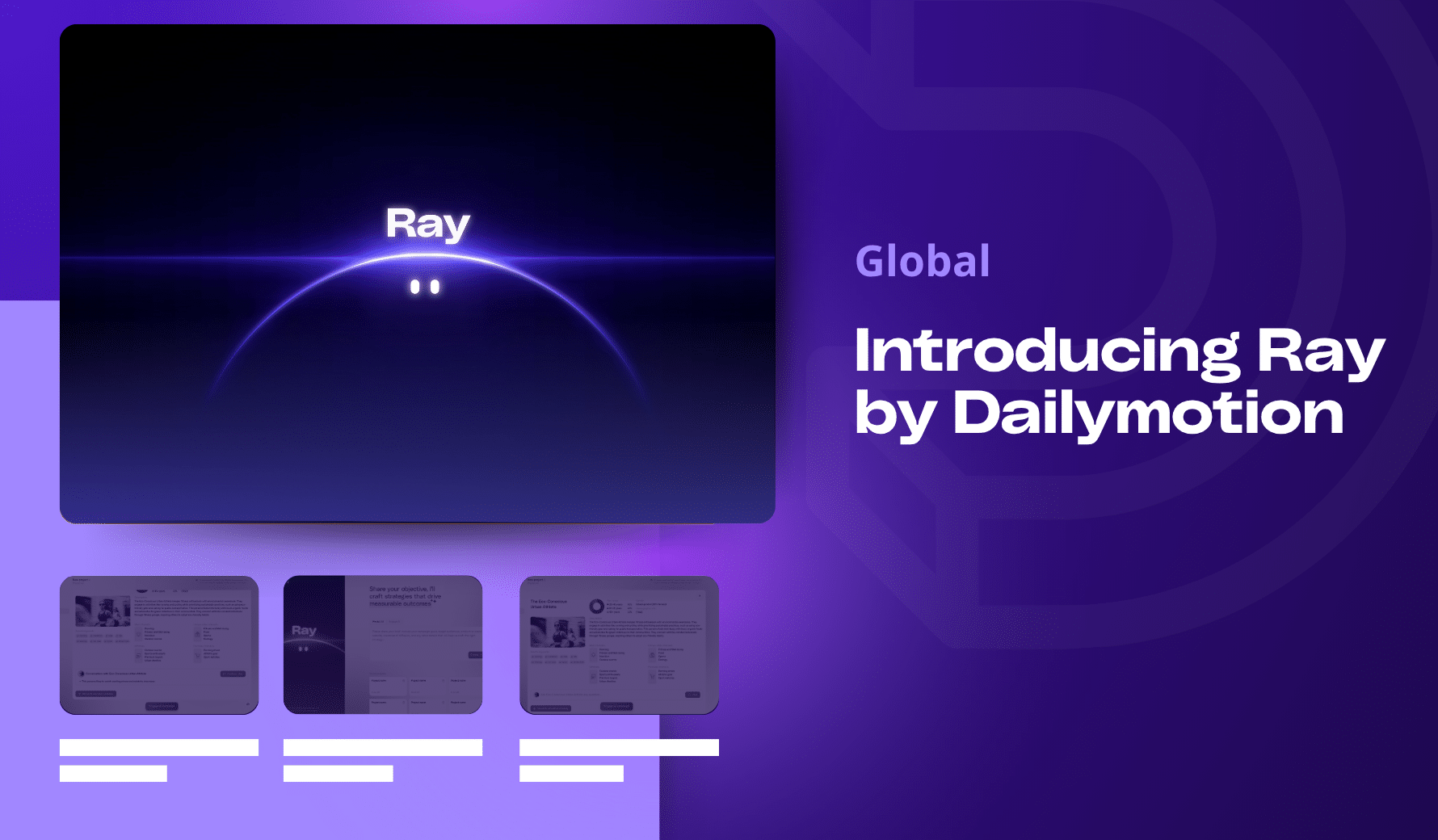AI propels Contextual Targeting to new Heights: a no-compromise AdTech Solution

From the disappearance of third-party cookies to the rise of artificial intelligence.
In the ever-evolving universe of AdTech, a new challenge looms on the horizon: the imminent disappearance of third-party cookies. Following growing concerns about online privacy protection, regulations such as GDPR (General Data Protection Regulation) and the upcoming ePrivacy regulation have strengthened user rights and demand clear consent for online tracking. Major web browsers like Safari, Firefox, and Google Chrome already block or plan to block third-party cookies. This inevitably brings about major changes in online advertising, forcing advertisers on one hand to find new targeting methods, and on the other hand, pushing publishers to rethink their economic models to monetize their content. This regulatory evolution sparks excitement in the industry, driving professionals to explore new avenues to effectively reach their audience. At the heart of this quest for solutions, contextual advertising emerges as a promising way to target audiences relevantly. Indeed, according to a recent study¹, audience targeting is the most crucial marketing tactic, with 72% of respondents stating it’s more important than ever for the success of their campaigns. And among the pioneers of this approach lies Dailymotion Advertising.
AI, Machine Learning, and consumer behaviors: welcome Predictive Contextual Targeting.
Dailymotion Advertising’s expertise in contextual targeting stems from a long history. Since its creation in 2005, the platform has developed contextual targeting solutions to best meet market needs and client demands. Today, given the current landscape – the imminent end of third-party cookies, the need for campaign overperformance, and understanding one’s audience better – these solutions make more sense than ever and are evolving. Thus, Dailymotion Advertising’s solution evolves to give birth to Predictive Contextual Targeting.
This approach combines artificial intelligence (AI), machine learning, and in-depth analysis of audience behaviors. Predictive Contextual Targeting represents the perfect marriage between content and contextual targeting, offering broad reach and addressability, and audience targeting, distinguished by its precision and ability to target complex audiences; and emerges as a leading solution that is both effective, privacy-respecting, and performance-oriented.
Unlike traditional methods, this offer relies on a distinct three-step methodology:
- Analysis of user behavior from Dailymotion.com data, enabling an approach based on the users themselves.
- Analysis of predominant content and contexts for each audience, combining different themes, devices, and times of the day.
- Targeting these combinations for relevant ad delivery.
In practice, this process uses AI to break down videos into images, then performs image recognition to identify objects, brands, locations, characters, and much more. Next, machine learning filters the most relevant information. The platform also conducts semantic analysis of video metadata to identify keywords and evaluate expressed sentiment. Additionally, through speech-to-text algorithms, Dailymotion Advertising transforms audio into text to perform the same semantic analyses as on metadata. Finally, this approach allows associating a multitude of content signals with each video, far beyond simple visual recognition. By combining these signals with contextual data, such as themes and keywords on the page where the Player is integrated, the platform can offer highly targeted and effective advertising solutions for its clients. The information is organized into “topics,” content themes, and then the context in which each video is presented is analyzed, especially when integrated on partner sites.
The “topics” generated constitute a rich source of information for contextual targeting and semantic targeting. They enable targeting audiences based on their content and context preferences, offering a more relevant and effective approach for advertising message dissemination. Moreover, these “topics” serve as the basis for creating personalized audiences, by analyzing user behavior and identifying audience segments most receptive to different types of content or offers.
Once these audiences and the right context are defined, Dailymotion Advertising’s in-house studio comes into play: to stand out, it is essential to think outside the box, and this involves creating advertising experiences that captivate and amaze, whether through visual enhancements, innovative interactivity, or tailored content. In this context, Instream video ads stand out as their expertise niche. With short, non-skippable formats, it is certain that viewers watch the ad in its entirety before moving on to the desired content. The numbers speak for themselves: 55% of French people instantly remember the brand when they see Instream formats, and 71% find that Instream significantly improves their appreciation of the brand.
For Dailymotion Advertising, contextual targeting is far from being a Plan B or an alternative to the end of third-party cookies: it is a necessity to meet market performance requirements, and the ability to target contexts based on their audience, products, and services, all through a personalized approach. According to the Ipsos study “Contextual Brand Choice,” context can even influence up to 50% of purchase decisions, and 70% of consumers would be more likely to buy a brand that adapts to their context. Mission accomplished for Dailymotion Advertising and its Predictive Contextual Targeting.
Contextual targeting represents a sustainable and essential solution for measuring the performance of online media activation, and Dailymotion Advertising positions itself at the forefront of this fundamental evolution.
Sources:
¹ Audience Targeting Importance – Nielsen 2022

